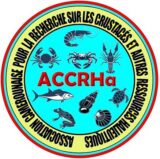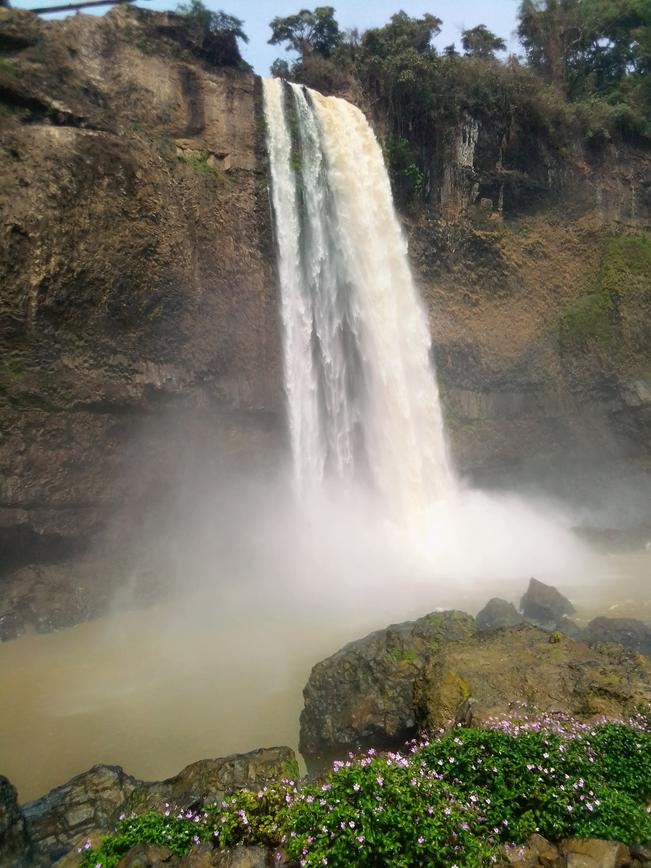
Cameroon Association for Research on Crustaceans and Other Aquatic Resources
- PO. Box. 43 Obala, Cameroon
- info@crustaces-obala.org
- contact@crustaces-obala.org
- (+237) 674 344 792 - 695 081 226

Our Mission
Biodiversity
To conduct biodiversity surveys of the crustaceans and other aquatic ressources (molluscs, fishes, amphibians etc) living in freshwater and marine ecosystems in Cameroon. To collect field data necessary for the identification of specimens, the description of new taxa, the redescription of rare species, the construction of taxonomic keys
Molecular Approaches
To use mtDNA analyses to study the population genetics and species boundaries of threatened species aimed at supporting our conservation actions. Information on the changes in the genetic diversity of populations over time will be used to determine targets for in situ conservation. The DNA data will also allow the estimation of gene flow between populations of threatened species, and will provide a measure of genetic health and the extent of inbreeding within declining populations.
Conservation
To identify species that are threatened with extinction by carrying out conservation assessments based on updated data on distributional range, population size and trends, life cycles and reproductive biology, habitat needs, and threats. To use these data to make IUCN Red List extinction risk assessments for each species. Therefore, we can formulate conservation action plans for threatened species, and identify Key Biodiversity Areas. To protect the habitats in which threatened species occur by controlling or limiting the threats to species and habitats alike. To use educational outreach approaches to encourage local populations to participate in the active long-term conservation of threatened species by adopting practices that are less damaging to species, threatened forest and aquatic habitats upon which they depend.
Parasitology: Human lung fluke disease:
To understand the life cycle of Paragonimus species and the origin of human lung fluke infections (pulmonary paragonimiasis) in Cameroon in order to recommend control measures for this significant public health concern. Paragonimus species are The trematode parasite with a complex life-cycle involving three hosts: Paragonimus species are Trematoda parasite with complex life-cycle involving three hosts: two intermediate hosts (the first is a snail and the second is a freshwater crab) and one definitive host (a crab-eating mammal). first (snail) and second (freshwater crab) intermediate hosts and the definitive host (a crab-eating mammal).
International Cooperation:
To establish international links with other scientific research organisations/institutions in West and Central Africa in order to expand the ACRC… to include these understudied regions.
Parasitology: Human river blindness:
To understand the role of freshwater crabs in the transmission of river blindness (onchocerciasis) to humans in Cameroon. Controlling the spread of this disease involves mass treatments with anti-helminthicide drugs together with treating populations of freshwater crabs. The aquatic larval stages of blackflies need to attach to the carapace of freshwater crabs in order to complete their development into biting adult flies that then spread the parasite. (Onchocerca volvulus) to humans. Our research will center on disease foci in Cameroon where the freshwater crabs have Simulium species larvae attached to their carapace, because killing the fly larvae on crabs is a proven method of interrupting the life cycle of the blackfly vectors of the parasite.
Objective
• To promote research in the field of crustaceans and other Aquatic resources.
• To promote communication between scientists in the field of Crustaceans and other aquatic resources at national and international levels.
•To organize conferences, symposiums, training workshops to better protect crustaceans and other aquatic resources and educate/capacity building approaches to enable local community to adopt practices that keep them safe them from paragonimiasis and river blindness.
• To promote collaboration with other national and international organizations in the fields of Crustaceans and other fishery resources.
• To publish reviews, other scientific works relating to research results on Crustaceans and other fishery resources.
• To support government and private sectors in the development and promotion of Crustaceans and other aquatic resources.
Organisation
Unit
- Unit of Biodiversity Discovery and Conservation
- Unit of Aquaculture and Reproductive Biology
- Unit of Aquatic and Forest Ecosystems Managment.
- Unit of Infrastructure (IT, logistics, lab and field materials).
- Unit of Grant Administration.
- Unit of Zoological Collections.
- Unit of Parasitology and Tropical Diseases.
Scientific staff
Dr. Pierre A. Mvogo Ndongo, University of Douala, Cameroon
Mrs. Muriel Rabone, The Natural History Museum, London, UK
Prof. Neil Cumberlidge, Northen Michigan University, USA
Dr. Thomas von Rintelen, Museum Für Naturkunde, Berlin, Germany
Prof. Dr. Christian Albrecht, University of Giessen, Germany
Dr. Sankoh Salieu, University of Sierra Leone, Freetown, Sierra Leone
Dr. Aidan Emery, The Natural History Museum, London, UK
Dr. Jörg Freyhof, Museum Für Naturkunde, Berlin, Germany
- Dr. Charles Fransen, Naturalis Biodiversity Center, Leiden, The Netherlands
- Mr. Ekwa Priso, ACRCHa, Cameroon
- Dr. Adnan Shahdadi, University of Hormozgan, Bandar Abbas, Iran
- Prof. Lekeufack Guy, University of Yaounde 1, Cameroon
- Prof. Nicaise Amundala, University of Kisangani, D.R. Congo
- Dr. Paul Clark, The Natural History Museum, London, UK
- Dr. Tchindebe Georges, University of Douala, Cameroon
- Dr. Valentin de Mazancourt, Université de Sorbone, Paris, France
- Mr. Kuate Simo Franclin, ACRCHa, Cameroon
- Mrs. Carine Rosine Tchietchui, ACRCHa, Cameroon
- Mr. Ambroise Ndongo Ndongo, ACRCHa, Cameroon
- Mr. André LOFANGA BOLUKAOTO, University of Kisangani, D.R. Congo
- Dr. Tomoyuki Komai, Natural History Museum and Institute, Chiba, Japan
Prof. Dounia, University or Yaounde 1, Cameroon
- Mr. Tchuembou Cedric Pascal, ACRCHa, Cameroon